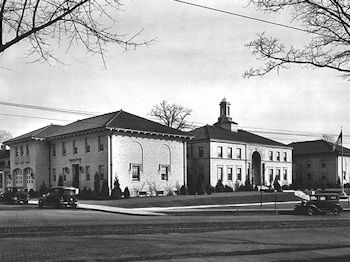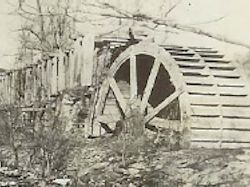History
Glen Ridge traces its beginning to 1666 when sixty-four Connecticut families led by Robert Treat bought land from the Lennilenape Indians and named it New Ark to reflect a covenant to worship freely without persecution.
The territory included the future towns of Bloomfield, Montclair, Belleville, and Nutley. When Bloomfield seceded in 1812, Glen Ridge was a section “on the hill” composed mostly of farms and woodlands with the exception of a thriving industrial area along the Toney’s brook in the Glen.
For most of the nineteenth century, three water-powered mills produced lumber, calico, pasteboard boxes and brass fittings. A copper mine and a sandstone quarry were nearby.
With the arrival of the Newark and Bloomfield Railroad in 1856 and the New York, Montclair and Greenwood Lake Railroad in 1872, Glen Ridge began its transition to a suburban residential community. Stately homes slowly replaced orchards and wooded fields.
Residents “on the hill” became unhappy with their representation on the Bloomfield Council. In spite of repeated requests to Bloomfield officials, roads remained unpaved, water and sewer systems were nonexistent, and schools were miles away.
In 1895, the stage was set for secession by several men on the third floor of the Robert Rudd’s home on Ridgewood Avenue. They marked out the boundaries of a 1.45 square mile area to secede from the adjoining town. At the February 12, 1895 election, the decision to secede passed by only twenty-three votes. Robert Rudd was elected the first mayor of Glen Ridge.
To learn more please consider joining the Glen Ridge Historic Society.



